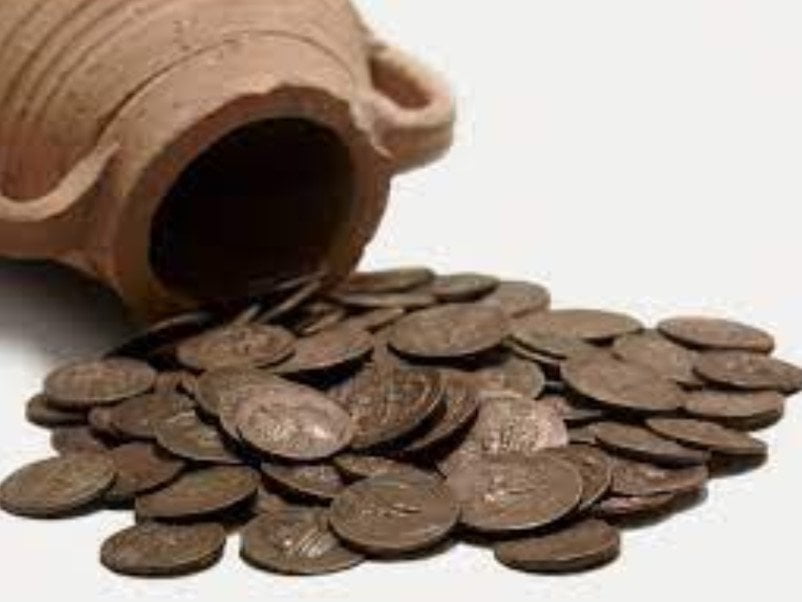
Did you know that in 2008 they used 2000-year-old solution to save our economy!
The 33AD Finacial Crisis
It was in 33 AD that a financial crisis hit Ancient Rome and the solution Emperor Tiberius used was “quantitative easing”, a phrase you may have recently, as this is what they did in 2008.
It all happened because in 26 AD Emperor Tiberius was done with the politics of Rome, so moved to the Island of Capri, leaving left a power vacuum, which, of course, someone called Sejanus attempted to fill.
In 31 AD Tiberius arrested Sejanus and executed him along with those senators who supported him, then he took all their land and sold it.
This had consequences as:
- As he had executed all the rich Romans!
- Result there was no money to buy the land.
- This led to land prices falling.
- Then the price of agricultural products fell.
This could have been lived with, however, then:
Tiberius’s made it worse!
He ordered each senator to keep 1/3rd of their wealth in Italian Land, hoping they would buy the excess land, but they couldn’t.
“Fine”, he said, “you have 18 months to comply or faced execution”. Creditors were then instructed that 2/3rds of every loan had to be in Italian land while 2/3rds of every loan had to be paid off.
It spread!
Unfortunately, to add fuel to the fire, across the Mediterranean in Alexandria, merchants, Seuthus & Sejanus, were having a disastrous year and had to close, while a major copper mining firm went into bankruptcy. Both had large loans to the Roman bank, Quintus Maximus, this lead to:
- A run on the bank.
- It had loans with a larger bank, Brothers Pettius, which it couldn’t pay.
- Brothers Pettius had most of their loans with noblemen in Northern Gaul.
- Unfortunately, the barbarians were invading Northern Gaul, which meant that the Brothers Pettius couldn’t recoup their losses.
Result, Quintus & Lucius closed, then the Brothers Pettius closed!
Roman’s credit system was now in free fall.
Tiberius’s stepped in, fortunately, he had filled the Imperial Treasury, so gave interest-free loans of 100 million sesterces, that didn’t need to be paid back. Therefore, they didn’t need to sell land at distressed prices, he bailed them out. It wasn’t completely altruistic, as Tiberius had now tightened his grip on power.
In today’s money he spent two billion dollars, an incredible amount bearing in mind that the GDP of the whole empire was, in today’s money, only twenty five billion dollars!
Tiberius stopped the crisis, with a bailout that wouldn’t be replicated for another two thousand years!
Isn’t history interesting?
10 questions to discuss:
- What factors initially triggered the financial crisis in 33 AD, beyond Sejanus’ fall and land sales?
- Did Emperor Tiberius have any alternative options besides the “quantitative easing” solution you mentioned?
- Why did requiring senators to own Italian land worsen the situation instead of stabilizing it?
- How did the events in Alexandria (merchant failures and bank defaults) connect to and exacerbate the Roman financial crisis?
- Were there any social or political consequences of the crisis beyond the economic ones?
- How did Tiberius’s bailout differ from modern quantitative easing practices, and were there any lasting impacts?
- Considering the Roman GDP at the time, was Tiberius’s spending truly comparable to a two billion dollar intervention today?
- Do historians offer any alternative explanations for the causes or responses to the 33 AD crisis?
- Are there any historical parallels to the 33 AD crisis beyond the 2008 financial crisis?
- What lessons can we learn from the 33 AD crisis for understanding and managing modern financial systems?
These questions are to encourage students to delve deeper into various aspects of the blog, while encouraging critical thinking and further exploration of the topic.
For more information try
© Tony Dalton

